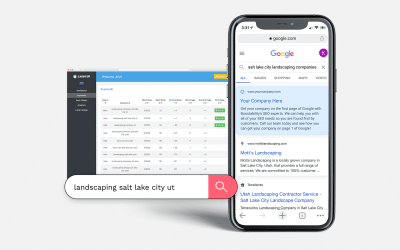If you thought you finally had SEO figured out, hold onto your algorithm. The way people search...
Learn, Grow, and Excel in Digital Marketing!
Stay ahead with expert insights and practical tips for enhancing your website, SEO, and all things digital marketing.
All
Digital Marketing
Web Design
Inbound Marketing
SEO
Homebuilders
B2B
Lasso Up News
Are Keywords and SEO the Same Thing? Understanding the Key Differences
Are Keywords and SEO the Same Thing? Understanding the Key Differences If you’ve recently begun...
Keyword Strategy & Research for Successful SEO Campaign
Our Keyword Selection Process: Initial Research Once your account is set up, our SEO experts...
SEO Link Building Process: Improve Authority Ranking
In SEO strategy, link building is an integral step in the process. What is Link Building? Link...
10 Awesome SEO Tools to Help You Boost Traffic
Boosting SEO traffic depends on the snowball effect and the idea that safety lies in numbers. Your...
SEO Checklist, 6 Essentials for Improving Search Performance
Website Visibility: Will Qualified Visitors Find You? In today’s digital world, your website is...


















